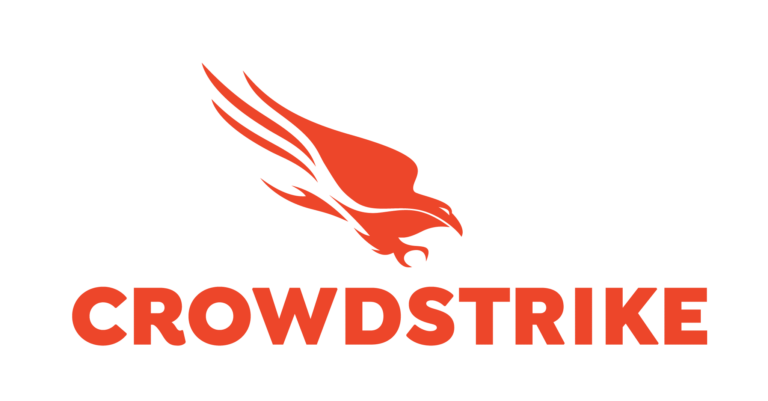Overview: CDP vs. CRM
In today’s digital age, managing customer data has become critical for businesses to provide personalized experiences and improve customer satisfaction. Two popular tools for managing customer data are Customer Relationship Management (CRM) and Customer Data Platforms (CDP). While both are designed to improve customer engagement, they have different functionalities and use cases. In this article, we will provide an overview of the key differences between a CDP and CRM, including their features, benefits, and limitations. We will also explore how businesses can choose the right tool for their specific needs and goals.
What is a CRM?
A CRM is a software application designed to manage customer interactions, sales, and customer support. The primary function of a CRM is to store customer data, including contact information, transaction history, and communication logs. The data collected by a CRM is used to automate sales and marketing processes, manage customer relationships, and provide insights into customer behavior. Some of the key features of a CRM include lead management, contact management, sales forecasting, marketing automation, and customer service and support. A CRM is typically used by sales and marketing teams to manage customer interactions and drive revenue growth.
What is a CDP?
A CDP is a software platform designed to collect and unify customer data from various sources, including website activity, social media, email, and offline interactions. The primary function of a CDP is to create a unified view of the customer, which can be used to provide personalized experiences and improve customer engagement. A CDP enables businesses to analyze customer data in real-time, create customer segments, and deliver targeted marketing messages. Some of the key features of a CDP include data integration, data cleansing, identity resolution, segmentation, and audience activation. A CDP is typically used by marketing teams to improve customer engagement and drive brand loyalty.
Key Differences between a CRM and CDP
While both a CRM and CDP are designed to manage customer data, they have different functionalities and use cases. The key differences between a CRM and CDP include:
- Data Integration: A CRM typically collects data from a limited number of sources, such as email and phone interactions. In contrast, a CDP can collect data from a wide range of sources, including social media, website activity, and offline interactions.
- Data Unification: A CRM stores customer data in a structured format, such as a database. In contrast, a CDP unifies customer data from various sources into a single customer profile, enabling businesses to create a comprehensive view of the customer.
- Segmentation: A CRM provides basic segmentation capabilities, such as by industry or job title. In contrast, a CDP provides advanced segmentation capabilities, such as by behavior or preference, enabling businesses to create highly targeted campaigns.
- Marketing Automation: A CRM provides basic marketing automation capabilities, such as email campaigns and lead scoring. In contrast, a CDP provides advanced marketing automation capabilities, such as real-time personalization and audience activation, enabling businesses to create personalized experiences across channels.
Benefits and Limitations of a CRM
A CRM can provide several benefits to businesses, including:
- Improved Customer Engagement: A CRM enables businesses to manage customer relationships more effectively, resulting in improved customer satisfaction and increased loyalty.
- Increased Efficiency: A CRM automates sales and marketing processes, reducing manual labor and improving efficiency.
- Data Insights: A CRM provides businesses with insights into customer behavior, enabling them to make informed decisions about marketing and sales strategies.
However, a CRM has some limitations, including:
- Limited Data Sources: A CRM only collects data from a limited number of sources, making it challenging to create a comprehensive view of the customer.
- Basic Segmentation: A CRM provides only basic segmentation capabilities, limiting businesses’ ability to create highly targeted campaigns.
Benefits and Limitations of a CDP
A CDP can provide several benefits to businesses, including:
- Personalized Experiences:
A CDP enables businesses to create highly personalized experiences for customers by unifying data from various sources and creating a comprehensive view of the customer. - Improved Campaign Performance: A CDP provides advanced segmentation and targeting capabilities, enabling businesses to create highly targeted campaigns that improve campaign performance.
- Real-time Insights: A CDP provides real-time insights into customer behavior, enabling businesses to make informed decisions about marketing and sales strategies.
However, a CDP also has some limitations, including:
- Complexity: A CDP can be more complex than a CRM, requiring businesses to invest time and resources in implementation and maintenance.
- Cost: A CDP can be more expensive than a CRM, especially for small businesses with limited resources.
Choosing the Right Tool
When choosing between a CRM and CDP, businesses should consider their specific needs and goals. If a business primarily wants to manage customer relationships, a CRM may be the better option. If a business wants to improve customer engagement and create highly personalized experiences, a CDP may be the better option. Businesses should also consider factors such as data sources, segmentation capabilities, and marketing automation features when choosing between a CRM and CDP.
Conclusion
In conclusion, while both a CRM and CDP are designed to manage customer data, they have different functionalities and use cases. A CRM is best suited for managing customer relationships and improving sales and marketing processes, while a CDP is best suited for improving customer engagement and creating highly personalized experiences. When choosing between a CRM and CDP, businesses should consider their specific needs and goals, as well as factors such as data sources, segmentation capabilities, and marketing automation features. By choosing the right tool, businesses can improve customer satisfaction, increase revenue, and drive growth.




